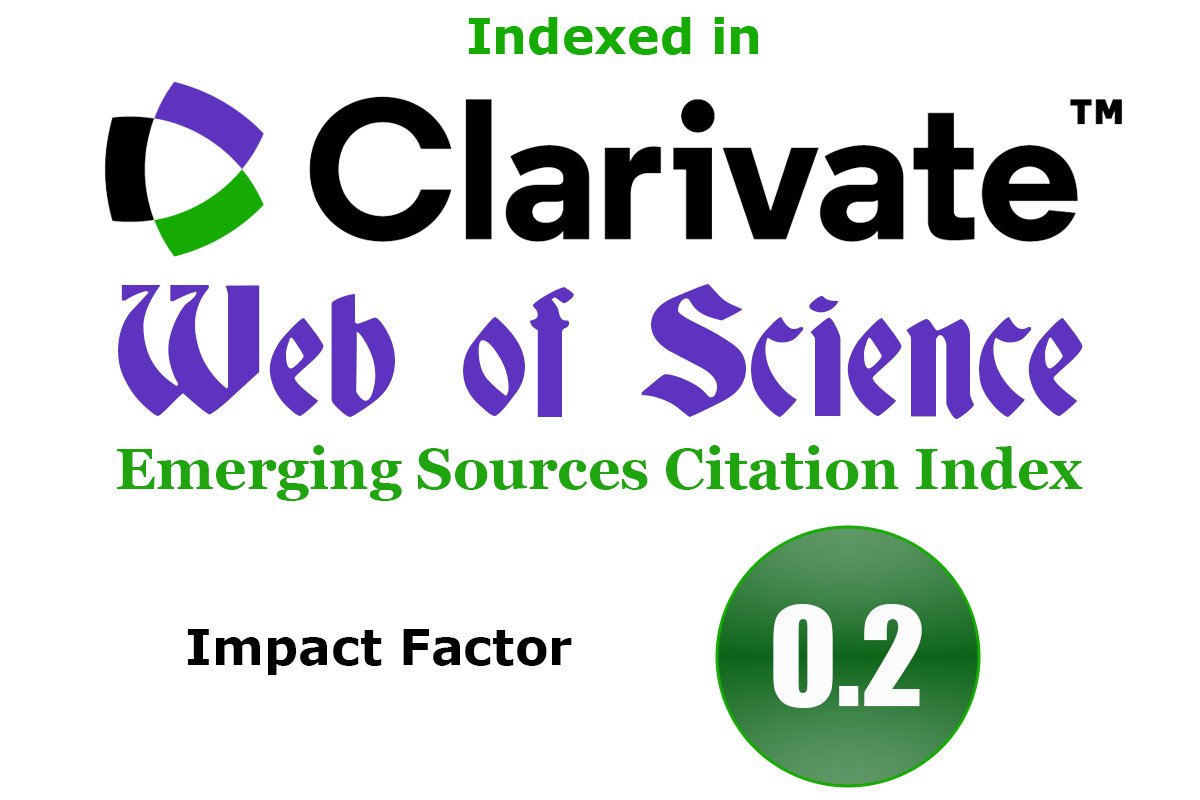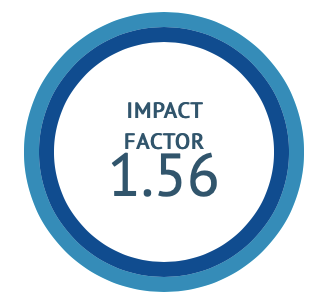An open-labeled RCT of Triguna and Shadguna Makaradhwaja - Ayurvedic Herbo-mineral formulations on Madhumeha (type II Diabetes Mellitus)
DOI:
https://doi.org/10.47552/ijam.v16i3.4885Keywords:
Madhumeha, Immunomodulatory, Antidiabetic, Makaradhwaja, RCTAbstract
Makaradhwaja (Au:Hg:S) is Pramehagna (anti-diabetic) according to Rasatarangini (Classical Rasashastra text), to assess the efficacy of the test drugs in the Madhumeha (type II Diabetes mellitus) the study was designed. Guduchi Ghana (GG-Control-Gr. A), Triguna (Au:Hg:S=1:8:24) and Shadguna (Au:Hg:S=1:8:48) Makaradhwaja (TM+GG-Gr. B & SM+GG-Gr. C) were prepared according to the references of Rasatantrasara Siddha Prayoga Sangraha and Bhaishajya Ratnavali respectively. With permission from the clinical ethical committee; PGT/7/Ethics/2009-10/2157/24/09/2009; a randomized control trial (RCT) has been carried out in the outpatient department of Rasashastra & Bhaishajya Kalpana, IPGT & RA, GAU, Jamnagar, India. 250 mg capsule twice a day; before a meal with a quantity sufficient honey as a vehicle was given for 28 days with the follow-up of 6 weeks to 153 patients; before-after investigations viz. blood sugar fasting and postprandial, serum triglycerides, serum cholesterol, serum calcium, etc. were carried out. Statistical analysis has been evaluated with unpaired ‘t’, ANOVA, and Dunnett’s ‘t’ tests. TM group was highly significant statistically over GG treated group in decreasing Kshudhadhikya (polyphagia) i.e. 66.26%. The average fasting blood glucose was reduced by 10.13mg/dl, 19.14 mg/dl, 18.03 mg/dl, and post-prandial glucose by 15.58, 25.46, and 29.05 mg/dl in GG, TM, and SM respectively. TM and SM were found to be more effective than GG. Both the groups showed significant to a highly significant decrease in subjective as well as objective parameters as compared to the GG group. Amongst all; SM was slightly more effective than the TM.
Downloads
Published
How to Cite
Issue
Section
License
Copyright (c) 2025 International Journal of Ayurvedic Medicine

This work is licensed under a Creative Commons Attribution-NonCommercial-ShareAlike 4.0 International License.
The author hereby transfers, assigns, or conveys all copyright ownership to the International Journal of Ayurvedic Medicine (IJAM). By this transfer, the article becomes the property of the IJAM and may not be published elsewhere without written permission from the IJAM.
This transfer of copyright also implies transfer of rights for printed, electronic, microfilm, and facsimile publication. No royalty or other monetary compensation will be received for transferring the copyright of the article to the IJAM.
The IJAM, in turn, grants each author the right to republish the article in any book for which he or she is the author or editor, without paying royalties to the IJAM, subject to the express conditions that (a) the author notify IJAM in advance in writing of this republication and (b) a credit line attributes the original publication to IJAM.




